
Prague
Czech RepublicPrague is not just a capital city—it’s a fairytale stitched into the landscape of Europe. Sitting gracefully on the banks of the Vltava River, the Czech Republic’s crown jewel is often called the “City of a Hundred Spires,” though that number barely scratches the surface. With its timeless blend of Gothic, Baroque, Renaissance, and Art Nouveau architecture, Prague offers a visual journey through centuries, wrapped in red rooftops, ornate domes, and cobbled streets echoing with stories. This city has been a cultural and political crossroads for over a millennium. Founded during the Romanesque period and blossoming under Charles IV in the 14th century, Prague became the seat of the Holy Roman Empire. Charles University, established in 1348, still thrives as one of Europe’s oldest and most respected universities. The Charles Bridge—lined with 30 statues and spanning the Vltava since 1357—is both a masterpiece and a magnet for sunrise photographers, artists, and lovers alike. Wander into Old Town Square and you’ll find the legendary Astronomical Clock, installed in 1410. Every hour, it puts on a show as figures of Death, Vanity, and Greed come to life, a performance that's enchanted viewers for over 600 years. Just steps away, gothic towers rise from the Church of Our Lady before Týn, casting shadows across the square where markets, protests, and celebrations have unfolded for generations. Prague Castle, overlooking the city, is the largest ancient castle complex in the world. Within its walls lies St. Vitus Cathedral, a stunning example of Gothic architecture with stained-glass windows that flood the space with color. The cathedral took nearly 600 years to complete—proof that Prague doesn’t rush beauty. The city’s literary soul pulses through the legacy of Franz Kafka, the Prague-born writer whose surreal, introspective works have left a global mark. His presence still lingers—there’s even a rotating metal sculpture of his head, built in 2014, that mesmerizes passersby near Národní třída. Though steeped in history, Prague is no museum piece. It’s alive with jazz echoing from cellar clubs, students chattering in hidden courtyards, and the clinking of beer mugs in cozy pubs. Czech beer is among the best in the world, with a brewing tradition dating back over a thousand years. Pilsner was born in nearby Plzeň, and in Prague, classics like U Fleků have been serving their house lager for centuries. Prague also played a key role in modern history. It was the stage of the Prague Spring in 1968 and the Velvet Revolution in 1989, when peaceful protests helped end communist rule. Václav Havel, a playwright-turned-president, embodied the power of art and thought to shape a nation. Beyond the tourist trails, neighborhoods like Vinohrady and Žižkov offer local charm, leafy parks, and bohemian cafés. Petřín Hill, with its miniature Eiffel Tower and mirror maze, provides panoramic views, while Letná Park’s metronome stands where a massive Stalin statue once loomed, reminding visitors of the city’s evolving story. Prague doesn’t dazzle with speed—it enchants with layers. It’s a place where every alley could hide a story, every statue could whisper a legend. Whether blanketed in snow or lit by the golden haze of a spring sunset, the city holds a timeless kind of magic that lingers long after you've left.
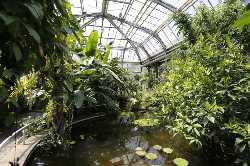 Botanical Garden of Prague
Botanical Garden
Botanical Garden of Prague
Botanical Garden
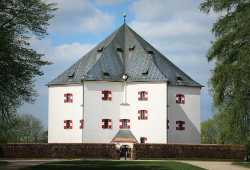 Letohrádek Hvězda
Castle
Letohrádek Hvězda
Castle
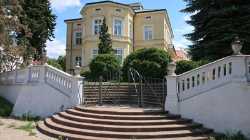 Castle Dolní Počernice
Castle
Castle Dolní Počernice
Castle
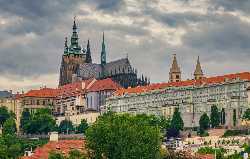 Prague Castle
Castle
Prague Castle
Castle
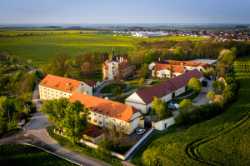 Ctěnice Chateau
Castle
Ctěnice Chateau
Castle
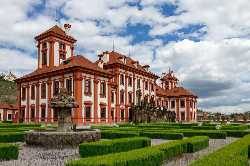 Troja Chateau
Castle
Troja Chateau
Castle
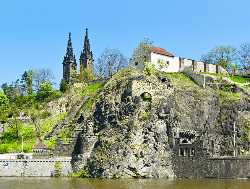 Vyšehrad Fortress
Castle
Vyšehrad Fortress
Castle
 Church of St. James
Church
Church of St. James
Church
 Chodov Fortress
Fortress
Chodov Fortress
Fortress
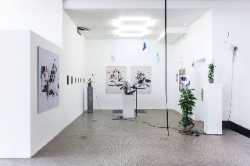 Chemistry Gallery
Gallery
Chemistry Gallery
Gallery
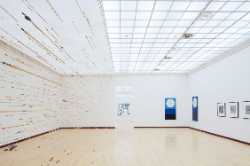 Municipal Gallery of Prague
Gallery
Municipal Gallery of Prague
Gallery
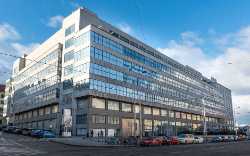 National Gallery Prague
Gallery
National Gallery Prague
Gallery
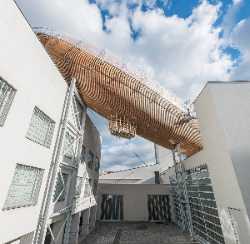 DOX Centre for Contemporary Art
Gallery
DOX Centre for Contemporary Art
Gallery
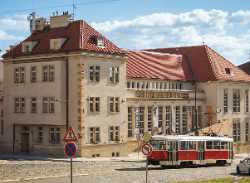 Kunsthalle Prague
Gallery
Kunsthalle Prague
Gallery
 Leica Gallery Prague
Gallery
Leica Gallery Prague
Gallery
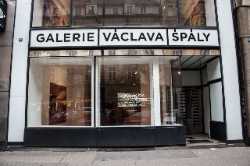 Václav Špála Gallery
Gallery
Václav Špála Gallery
Gallery
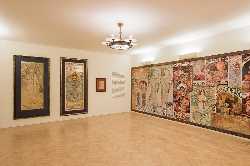 Central Gallery Prague
Gallery
Central Gallery Prague
Gallery
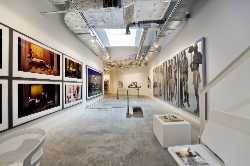 DSC Gallery
Gallery
DSC Gallery
Gallery
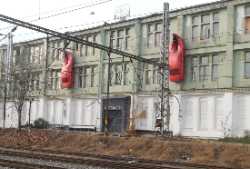 MeetFactory
Gallery
MeetFactory
Gallery
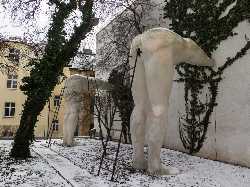 Futura Centre for Contemporary Art
Gallery
Futura Centre for Contemporary Art
Gallery
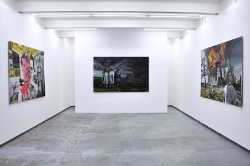 Jiri Svestka Gallery
Gallery
Jiri Svestka Gallery
Gallery
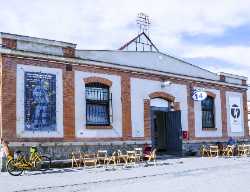 Trafo Gallery
Gallery
Trafo Gallery
Gallery
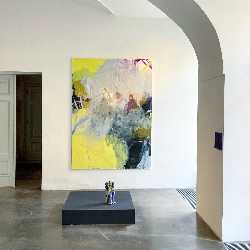 Kvalitar Gallery
Gallery
Kvalitar Gallery
Gallery
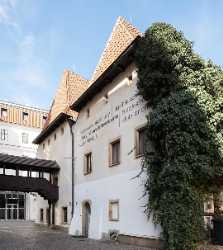 Galerie Jaroslava Fragnera
Gallery
Galerie Jaroslava Fragnera
Gallery
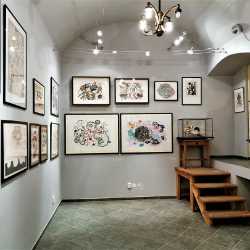 Artinbox Gallery
Gallery
Artinbox Gallery
Gallery
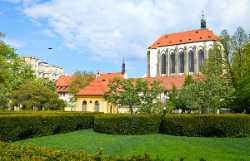 Franciscan Garden
Garden
Franciscan Garden
Garden
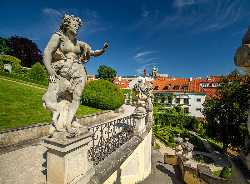 Vrtba Garden
Garden
Vrtba Garden
Garden
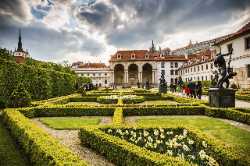 Wallenstein Garden
Garden
Wallenstein Garden
Garden
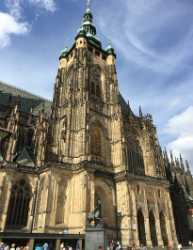 Vitus Cathedral South Tower
Historic Landmark
Vitus Cathedral South Tower
Historic Landmark
 Charles Bridge Towers
Historic Landmark
Charles Bridge Towers
Historic Landmark
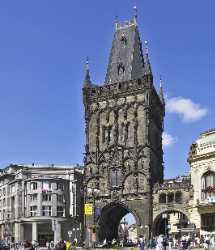 Powder Tower
Historical landmark
Powder Tower
Historical landmark
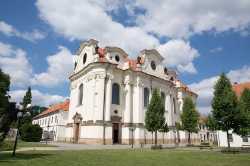 Břevnov Monastery
Monastery
Břevnov Monastery
Monastery
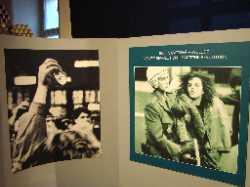 Museum of Communism
Museum
Museum of Communism
Museum
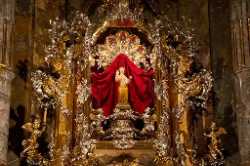 Museum of the Infant Jesus of Prague
Museum
Museum of the Infant Jesus of Prague
Museum
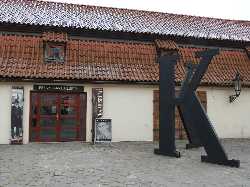 Kafka Museum
Museum
Kafka Museum
Museum
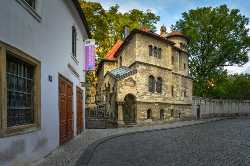 Jewish Museum in Prague
Museum
Jewish Museum in Prague
Museum
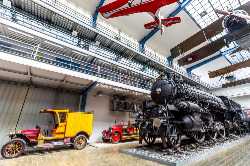 National Technical Museum
Museum
National Technical Museum
Museum
 National Memorial to the Heroes of the Heydrich Terror
Museum
National Memorial to the Heroes of the Heydrich Terror
Museum
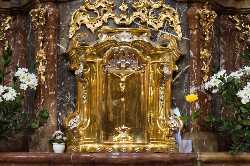 Infant Jesus of Prague Museum
Museum
Infant Jesus of Prague Museum
Museum
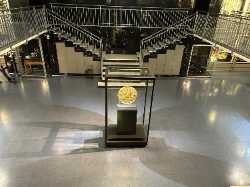 Czech National Bank Visitor Centre
Museum
Czech National Bank Visitor Centre
Museum
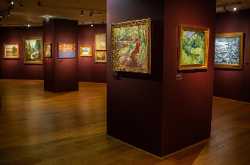 Galerie Kooperativy
Museum
Galerie Kooperativy
Museum
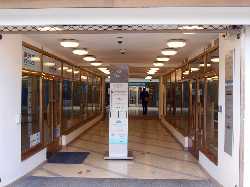 Galerie České Spořitelny
Museum
Galerie České Spořitelny
Museum
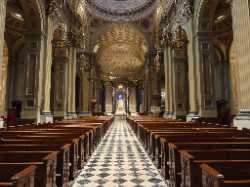 Basilica of St. Peter and St. Paul
Museum
Basilica of St. Peter and St. Paul
Museum
 Czech Museum of Music
Museum
Czech Museum of Music
Museum
 Municipal Library of Prague
Museum
Municipal Library of Prague
Museum
 National Museum
Museum
National Museum
Museum
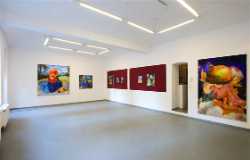 Hunt Kastner Gallery
Museum
Hunt Kastner Gallery
Museum
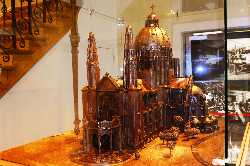 The Chocolate Art Museum
Museum
The Chocolate Art Museum
Museum
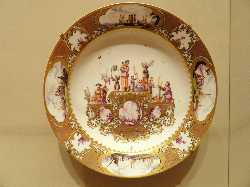 Prague Museum of Meissen Porcelain
Museum
Prague Museum of Meissen Porcelain
Museum
 Prague Aviation Museum
Museum
Prague Aviation Museum
Museum
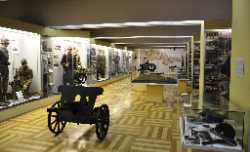 Army Museum Žižkov
Museum
Army Museum Žižkov
Museum
 Galerie Rudolfinum
Museum
Galerie Rudolfinum
Museum
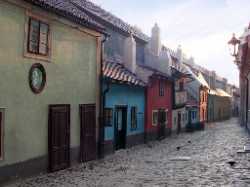 Golden Lane
Museum
Golden Lane
Museum
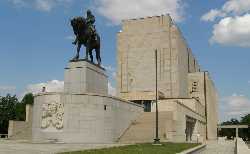 National Monument at Vítkov
Museum
National Monument at Vítkov
Museum
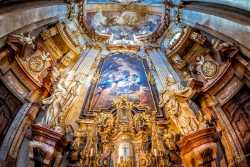 St. Nicholas Church
Museum
St. Nicholas Church
Museum
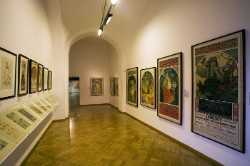 Mucha Museum
Museum
Mucha Museum
Museum
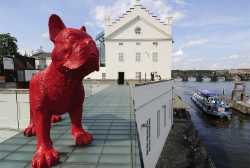 Kampa Museum
Museum
Kampa Museum
Museum
 Museum Karel Zeman
Museum
Museum Karel Zeman
Museum
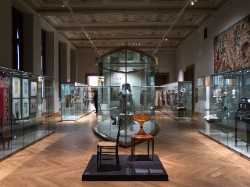 Museum of Decorative Arts
Museum
Museum of Decorative Arts
Museum
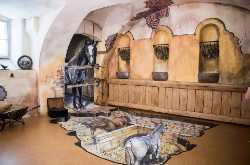 Museum of Senses
Museum
Museum of Senses
Museum
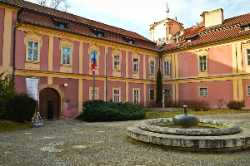 Czech Police Museum
Museum
Czech Police Museum
Museum
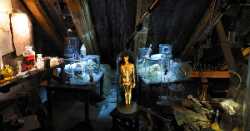 Speculum Alchemiae
Museum
Speculum Alchemiae
Museum
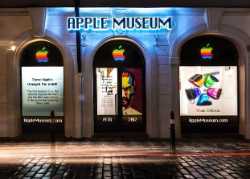 Apple Museum
Museum
Apple Museum
Museum
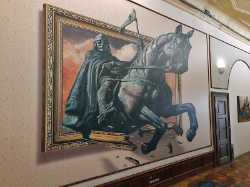 Illusion Art Museum
Museum
Illusion Art Museum
Museum
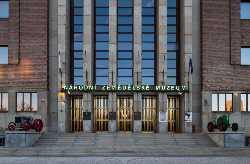 National Agricultural Museum
Museum
National Agricultural Museum
Museum
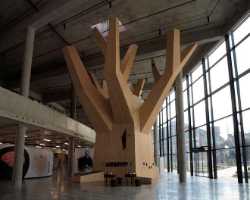 UMPRUM Gallery
Museum
UMPRUM Gallery
Museum
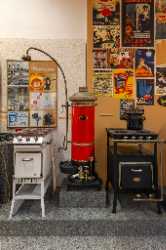 Gas Museum
Museum
Gas Museum
Museum
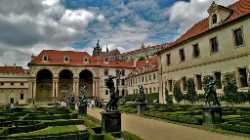 Wallenstein Palace Gardens
Museum
Wallenstein Palace Gardens
Museum
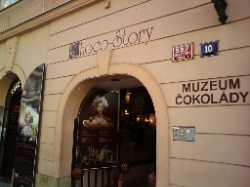 Chocolate Museum
Museum
Chocolate Museum
Museum
 Torture Museum
Museum
Torture Museum
Museum
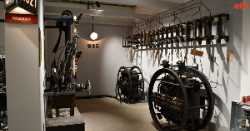 Prague Energy Museum
Museum
Prague Energy Museum
Museum
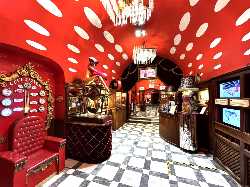 Sex Machines Museum
Museum
Sex Machines Museum
Museum
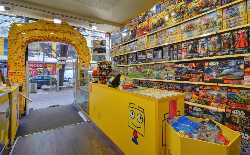 LEGO Museum
Museum
LEGO Museum
Museum
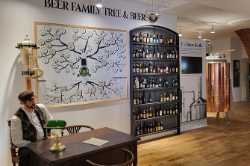 Beer Museum
Museum
Beer Museum
Museum
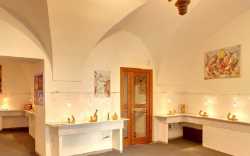 Museum of Miniatures
Museum
Museum of Miniatures
Museum
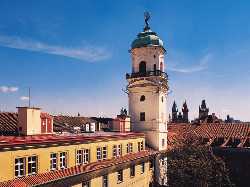 Clementinum Astronomical Tower
Observatory
Clementinum Astronomical Tower
Observatory
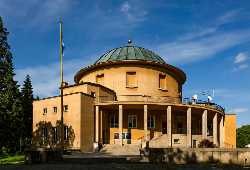 Prague Planetarium
Observatory
Prague Planetarium
Observatory
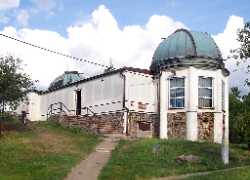 Ďáblice Observatory
Observatory
Ďáblice Observatory
Observatory
 Štefánik Observatory
Observatory
Štefánik Observatory
Observatory
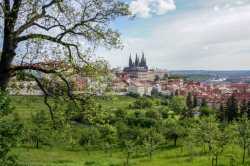 Petřín Gardens
Park
Petřín Gardens
Park
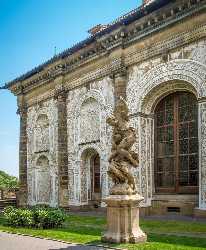 Royal Gardens
Park
Royal Gardens
Park
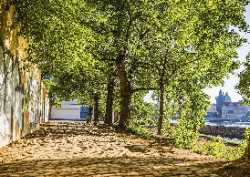 Kampa Park
Park
Kampa Park
Park
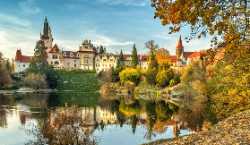 Průhonice Park
Park
Průhonice Park
Park
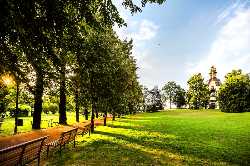 Letná Park
Park
Letná Park
Park
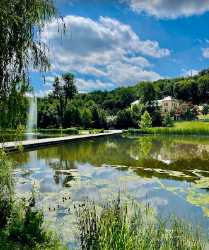 Stromovka Park
Park
Stromovka Park
Park
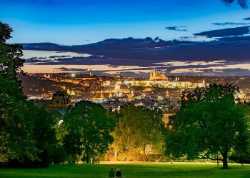 Riegrovy Sady
Park
Riegrovy Sady
Park
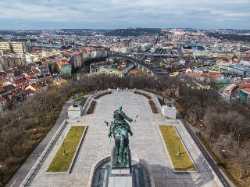 Vítkov Hill Park
Park
Vítkov Hill Park
Park
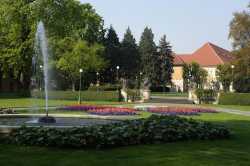 Royal Garden
Park
Royal Garden
Park
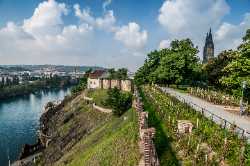 Vyšehrad Park
Park
Vyšehrad Park
Park
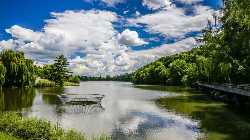 Divoká Šárka Nature Reserve
Park
Divoká Šárka Nature Reserve
Park
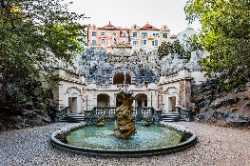 Havlíčkovy Sady
Park
Havlíčkovy Sady
Park
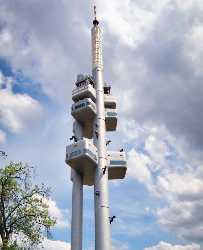 Žižkov Television Tower
Tourist attractions
Žižkov Television Tower
Tourist attractions
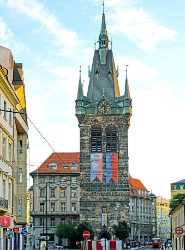 Henry’s Tower
Tourist attractions
Henry’s Tower
Tourist attractions
 Petřín Lookout Tower
Tower
Petřín Lookout Tower
Tower
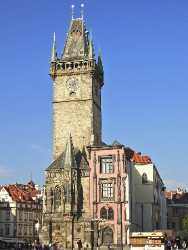 Old Town Hall Tower
Town Hall
Old Town Hall Tower
Town Hall